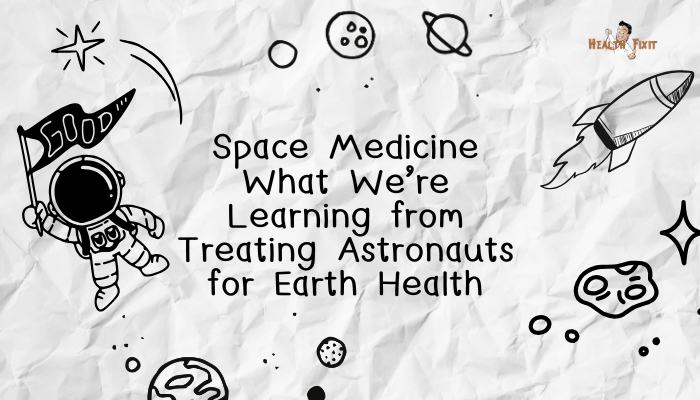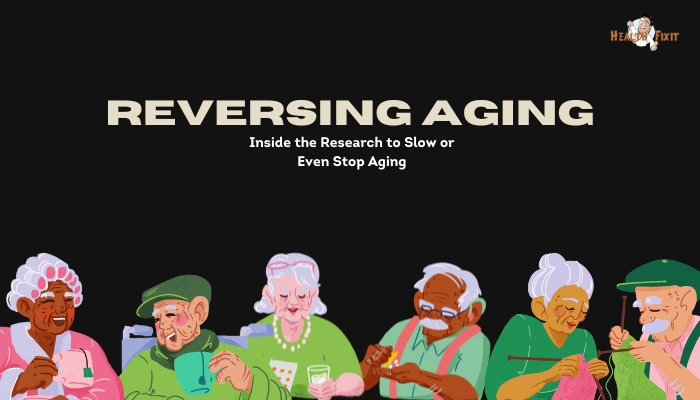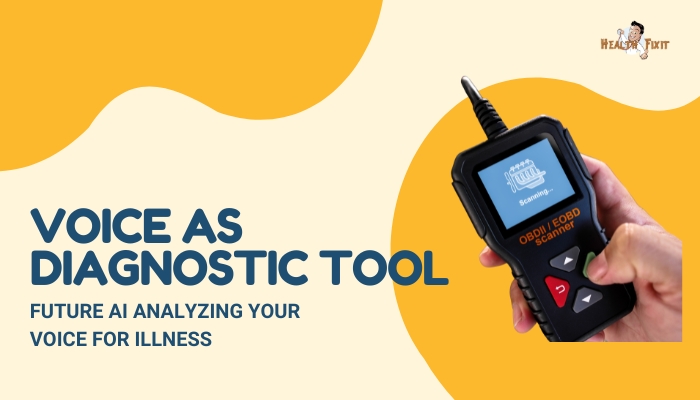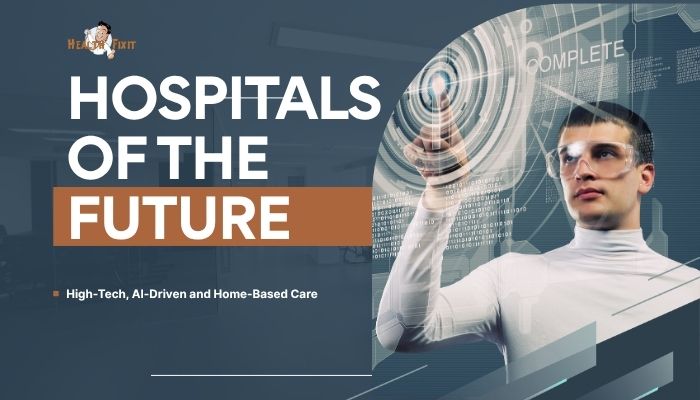Introduction
Venturing into space challenges the human body in extraordinary ways: microgravity, cosmic radiation, and confinement all push human physiology to its limits
Astronauts develop weakened bones, muscle atrophy, vision problems, and other issues during long missions. Far from being an isolated concern
, these findings in space medicine circle back to benefit individuals on Earth, advancing our understanding of osteoporosis, cardiovascular disease,
and more. By studying how to keep astronauts healthy in orbit, scientists glean insights that lead to new treatments, technologies, and health recommendations back home.
This article explores how medical research aboard spacecraft and space stations transforms healthcare on Earth—from improved bone health strategies to remote surgical methods that might soon support patients in extreme or underserved locations.
The Unique Challenges of Space
Microgravity and Bone Loss
On Earth, gravity constantly stimulates bones to rebuild and remain dense. In microgravity, that signal fades, and astronauts can lose 1–2% of bone mass each month. Studying this process has revealed:
- Mechanisms of Osteoporosis: The accelerated bone loss in space offers a model for postmenopausal osteoporosis or age-related bone density decline.
- Countermeasures: Rigorous exercise regimens and nutritional adjustments tested in orbit inform new therapies on Earth—such as vibration platforms or advanced supplements.
Muscle Atrophy
Similarly, muscles atrophy without gravity. Astronauts risk losing up to 20% of their muscle mass on extended missions,
requiring intense resistance training with specialized equipment. These experiences guide rehabilitation programs and exercise device development for patients immobilized by injury or chronic illness.
Radiation Exposure
Outside Earth’s protective magnetosphere, astronauts face higher levels of cosmic radiation. Prolonged exposure can elevate cancer risk
, damage the nervous system, and accelerate cardiovascular disease. Ongoing research into shielding, radioprotective drugs, and genetic susceptibility also helps inform cancer therapies on Earth and better safeguards for radiology technicians or nuclear energy workers.
Key Insights and Earth-Based Applications
Osteoporosis Research and Treatments
NASA-funded studies on space-induced bone loss have driven:
- Pharmacological Innovations: Drugs like bisphosphonates, used for osteoporosis, get refined in part by insights from astronauts’ bone density changes.
- Exercise Protocols: High-intensity interval training and load-bearing exercises recommended for seniors reflect best practices developed in microgravity.
- Diagnostic Tools: Advanced bone imaging or biomarkers, tested to monitor astronauts, assist clinicians in early osteoporosis detection.
Cardiovascular Insights
Microgravity causes fluid shifts that reduce overall blood volume, straining the heart. By monitoring these changes
, scientists uncovered new angles on orthostatic intolerance—the inability to stand without fainting—benefiting Earth-bound patients with postural orthostatic tachycardia syndrome (POTS) or other circulatory problems. Telemetry systems for astronaut vital signs also inspire remote patient monitoring on Earth.
Muscle Rehabilitation Technologies
From treadmill harnesses to resistive exercise devices, hardware initially designed for the International Space Station finds use in physical therapy clinics. For instance:
- Weighted Suits: Earth-based patients with atrophied muscles can benefit from suits that simulate gravitational loading.
- Core Stabilization: Techniques that help astronauts avoid back pain in microgravity also support Earth-based spinal rehab programs.
Behavioral Health Strategies
Long-duration missions reveal the mental toll of isolation and stress, fueling research into coping methods and digital tools that can help. This knowledge translates to telepsychiatry and remote counseling solutions for individuals in rural communities or extended lockdowns.
Telemedicine and Remote Surgery
In-Space Medicine
On the ISS, remote guidance from Earth-based doctors is standard. These real-time consultations and advanced imaging let astronauts handle medical emergencies with limited onboard resources.
The success of such “telemedicine in orbit” fosters new approaches for rural areas on Earth that lack immediate hospital access.
Robotic Surgery
Space agencies collaborate with companies to develop surgical robots that could operate semi-autonomously.
Although not yet routine in orbit, these systems pave the way for “telesurgery,” in which a surgeon remotely controls robotic instruments. On Earth, this can deliver specialized surgeries to remote or underserved communities with minimal on-site staff.
Ongoing Research and Future Directions
Long-Term Human Missions
With NASA’s Artemis program aiming for extended lunar stays and potential missions to Mars, we’ll see further data on how humans cope with microgravity,
partial gravity, or deep-space radiation. This knowledge will refine countermeasures that can translate back to Earth-based medical interventions.
Artificial Gravity and Other Countermeasures
Some spacecraft designs propose rotating compartments to simulate gravity. Studying partial solutions—like spinning habitats or gravity suits—could enhance rehab strategies for bedrest patients, using dynamic stress to keep muscles and bones engaged.
Personalized Medicine
Space travel demands personalized health protocols. Astronauts differ in genetic predispositions, bone density baselines, or radiation sensitivity. This push for custom medicine in orbit aligns with Earth’s trend toward genetic testing and patient-specific therapies.
Challenges and Considerations
Cost and Logistics
Implementing advanced aerospace medical tech for everyday healthcare is expensive. Not all clinics can afford NASA-level hardware or training. Partnerships between space agencies, governments, and industry may help scale these solutions affordably.
Data Gaps and Research Limitations
The sample size of astronauts is small, and their environment is unique. Some findings may not generalize to entire populations. Further ground-based analog studies (e.g., bed rest, underwater habitats) can complement in-orbit data.
Ethical and Safety Concerns
Artificial gravity experiments or new pharmaceuticals tested in orbit must pass rigorous ethical reviews. Operating on an astronaut mid-flight or introducing novel therapies in microgravity poses high stakes and liability.
Advice for Medical Professionals and Patients
- Stay Informed: Findings from space medicine conferences or NASA/ESA publications often highlight new protocols relevant to Earth-based patient care.
- Look for Spin-Offs: Technologies bridging microgravity conditioning and rehabilitation may soon appear in physiotherapy markets, offering advanced muscle/bone health regimens.
- Consider Telemedicine: If your practice serves remote populations, adopting or refining telemedicine approaches can draw from space station frameworks.
- Embrace Collaboration: Partnerships with academic institutions or space biotech companies can open new research or funding pathways, especially in fields like musculoskeletal or cardiopulmonary therapy.
Conclusion
Space exploration pushes human biology into extremes—microgravity, radiation, and isolation—that stress every organ system
Studying these extremes reveals new insights into bone health, cardiovascular function, muscle maintenance, and mental well-being.
By applying solutions forged in orbit—from exercise protocols to telemedicine—Earth-bound patients already benefit from the knowledge gleaned through astronaut healthcare.
As humankind sets sights on longer lunar missions and a journey to Mars, space medicine research will only accelerate,
generating novel therapies and technologies. These advances, in turn, feed back into terrestrial medicine, benefiting patients who may never leave the planet.
The synergy between space exploration and Earth-bound healthcare underscores a universal truth: pushing frontiers in one domain often yields breakthroughs that enrich lives everywhere.
References
- Hughson RL, Robertson AD, Arbeille P, et al. Increased postflight carotid stiffness and inflight insulin resistance resulting from 6-mo spaceflight in male and female astronauts. Am J Physiol Heart Circ Physiol. 2016;310(5):H628–H638.
- Lang T. Changes in bone mass and microarchitecture in astronauts. Bone. 2015;77:1–9.
- Smith SM, Zwart SR, Block G, et al. Space flight nutrition research. Acta Astronaut. 2018;146:744–754.
- Tatem KS, Coley BD, Smith PE, et al. Telemedicine for space: Tools for remote health monitoring in orbit. Telemed J E Health. 2019;25(2):105–112.
- Patruno V, Sancineto M, Ruggiero L, et al. Physical exercise in microgravity: countermeasure for muscle and bone atrophy. Acta Astronaut. 2019;158:281–289.
- Martin DS, Lee SM, Mancinelli RL, et al. Reducing bed rest issues through microgravity analogs. Curr Opin Clin Nutr Metab Care. 2018;21(6):432–436.
- Ray MK, Salamon E. Effects of stress management training in microgravity analog settings. Mil Med. 2021;186(1_suppl):467–475.
- NASA. The Artemis program: forging next-generation space exploration. 2022. https://www.nasa.gov/artemis
- ESA. Human Research on ISS: European research highlights. 2023. https://www.esa.int/Science_Exploration/Human_and_Robotic_Exploration/Research
- Barratt MR, Pool SL (eds). Principles of Clinical Medicine for Space Flight. 2nd ed. New York: Springer; 2008.






